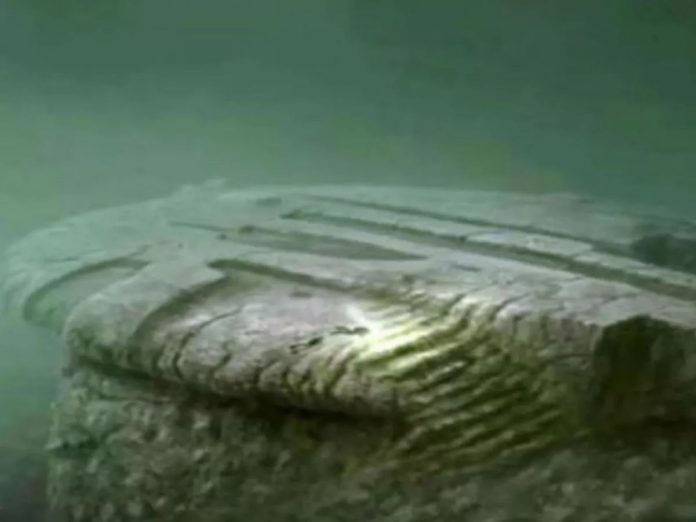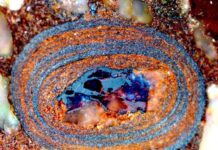Scientists believe they have finally unraveled the mystery behind one of the Baltic Sea’s most enigmatic discoveries: the so-called Baltic Sea Anomaly. This structure was first detected in 2011 by Swedish explorers Peter Lindberg and Denis Asberg, who were searching for treasure when their sonar revealed a large, circular object approximately 200 feet (60 meters) in diameter, lying nearly 300 feet (90 meters) beneath the surface.
The discovery sparked intense speculation, with many comparing its unusual shape and angular features to the Millennium Falcon from Star Wars. Some theories suggested it could be the remnants of an ancient civilization, a UFO, or even a secret World War II bunker. Lindberg himself speculated that if it were constructed, it must have been built tens of thousands of years ago, possibly even before the last Ice Age, which peaked around 20,000 years ago.
Over the years, experts have debated the nature of the anomaly, with some asserting it is a natural formation, such as a meteorite or an underwater volcano, while others believed it to be made of metal. Diver Stefan Hogerborn reported that electrical equipment malfunctioned near the object, fueling theories about its composition. However, geologist Steve Weiner concluded from his tests that the anomaly was made of metals not found in nature.
Despite ongoing investigations, including sample collections and a 2016 documentary, the consensus among a wide range of experts, including geologists and marine archaeologists, is that the anomaly is a naturally occurring geological feature. Research indicates it is likely the result of glacial movements during the Ice Age, with possibilities including sandstone, basalt, or even a moraine, a type of glacial deposit.
Lindberg remains intrigued by the find, acknowledging its peculiar shape while also recognizing that nature can produce equally strange formations. He emphasizes the experience as enlightening, regardless of the object’s true nature, noting that it remains an exceptional find in the dark depths of the Baltic Sea.















